Coming down the mountain.
The roads here are nowhere near as bad as we’d been led to believe. When we lived on Beech Road in Manchester we were used to worse, I’d put them on a par with Italy and Greece.
After two nights outside the ski resort of Kopaonik we filled ArchieVan’s tanks, and all our drinking water bottles with freezing cold spring water, then began our slow descent through the steaming dank pine forests.
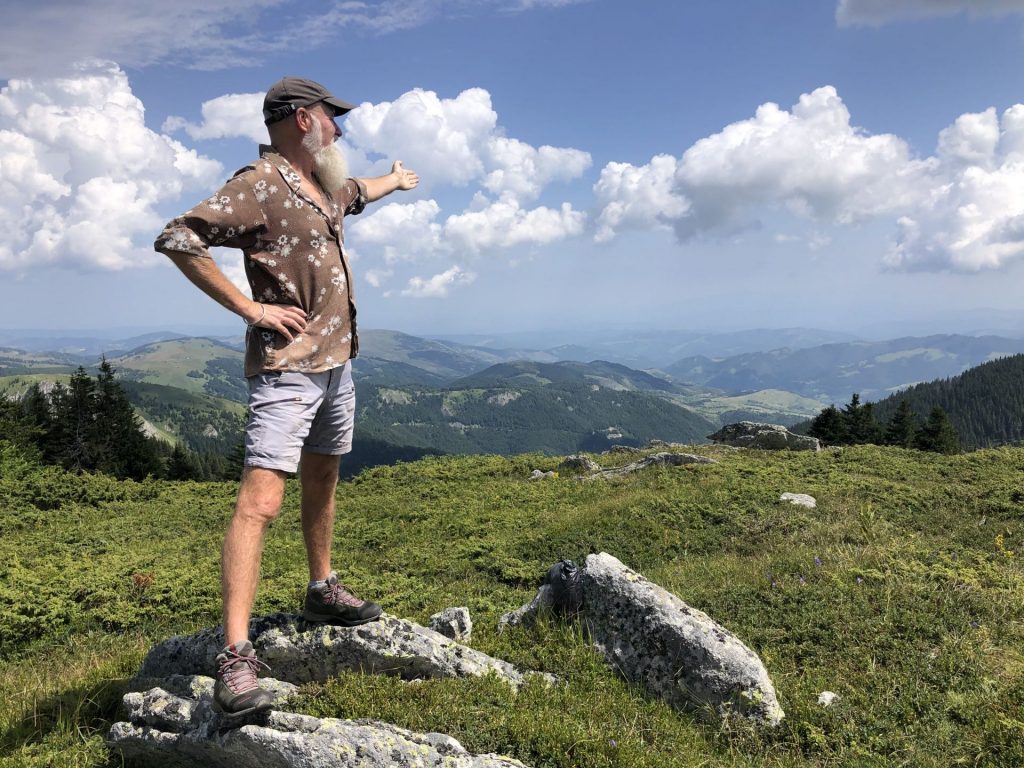
Studenica Monastery.
30 miles later we were still going down when we veered west to visit the c12th monastery at Studenica.
Without a drone shot I can’t show you the drama of this ancient fortified holy town. Its elliptical walls, with two gatehouses, once had accommodation built into the inside all the way around. Still a section of the dormitories remains.
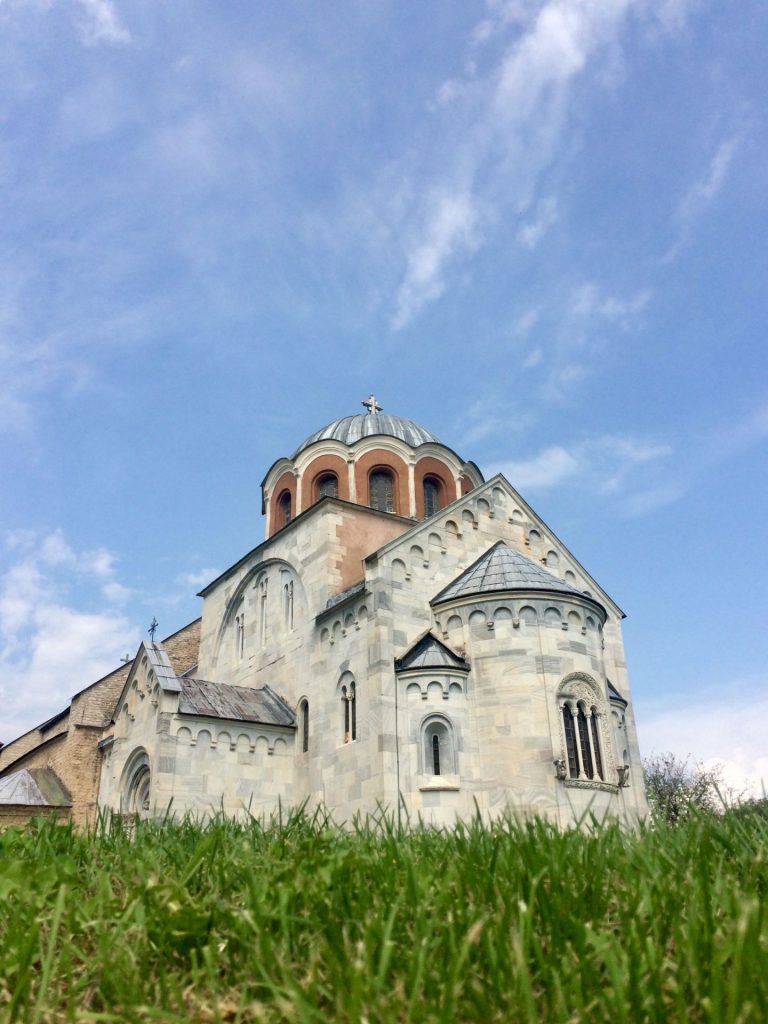
There are three separate churches, small, medium and large.
The whole sits high in the hills in clean air with distant views across the valley that’s now a Geopark.
Monks here, and in Bulgaria, have got it sussed. Years ago they needed many dormitory rooms to accommodate the weary pilgrims who’d visit.
Today the pilgrims are more accurately described as culture vultures who arrive in their shiny Mercedes seeking new experiences. The monks don’t like to disappoint and so often there are paid for guest rooms available.
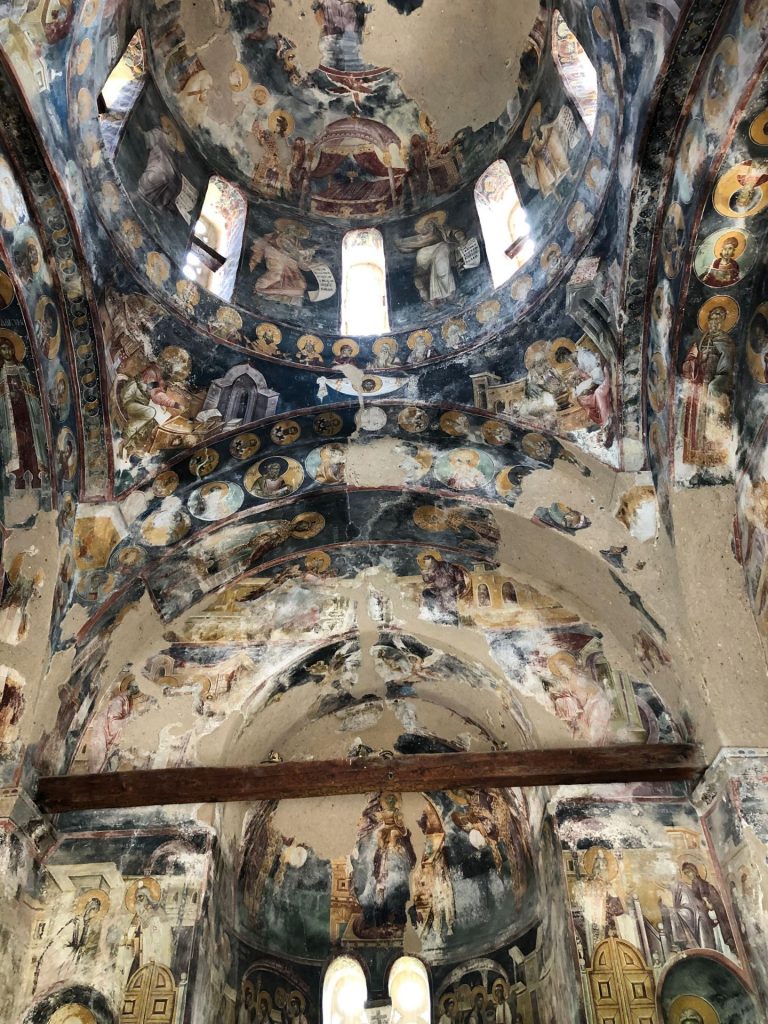
Built it with metal.
There are many things I notice, driving, or walking, anywhere new.
Today’s observation, which I frequently make to Minty, is how much is made of metal in the former communist states. Stuff that we’d most likely make out of wood.
Small bridges, kiosk stores, fences, gates, benches, check-points. All metal.
Over the years most of these have taken on a delightful patina that some might call rusted out.
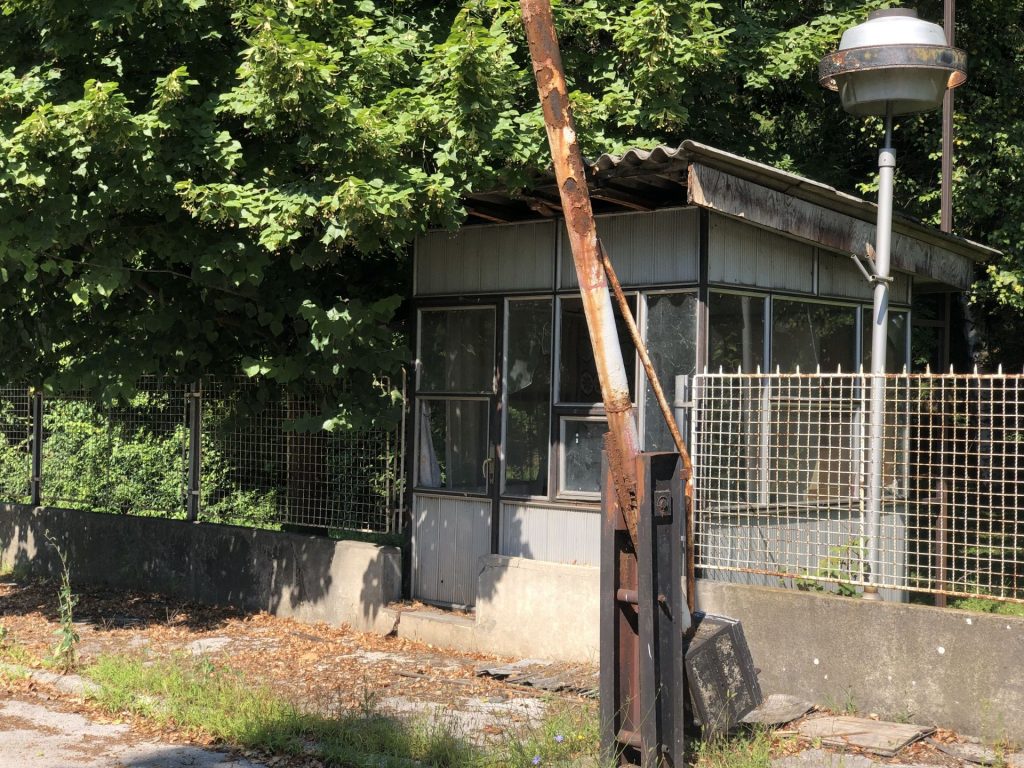
A bridge not far enough. Majlič.
We’d read about Majlič. We’d seen the pictures.
A magnificent fortress built in the c13th overlooking a meander of the Ibar River.
A cultural monument. A Serbian must see.
As we pulled into the layby near its bridge across the Ibar the heavens opened. The rain started steadily, and then fell more and more heavily.
When thunder shook the van it heralded hail, monstrous balls crashed around us that threatened glass and car bodywork. It wasn’t the best time to take on a twenty minute walk.
Salvation was at hand in the form of the Jerinin Grad café where we retired for a late breakfast with excellent coffee.
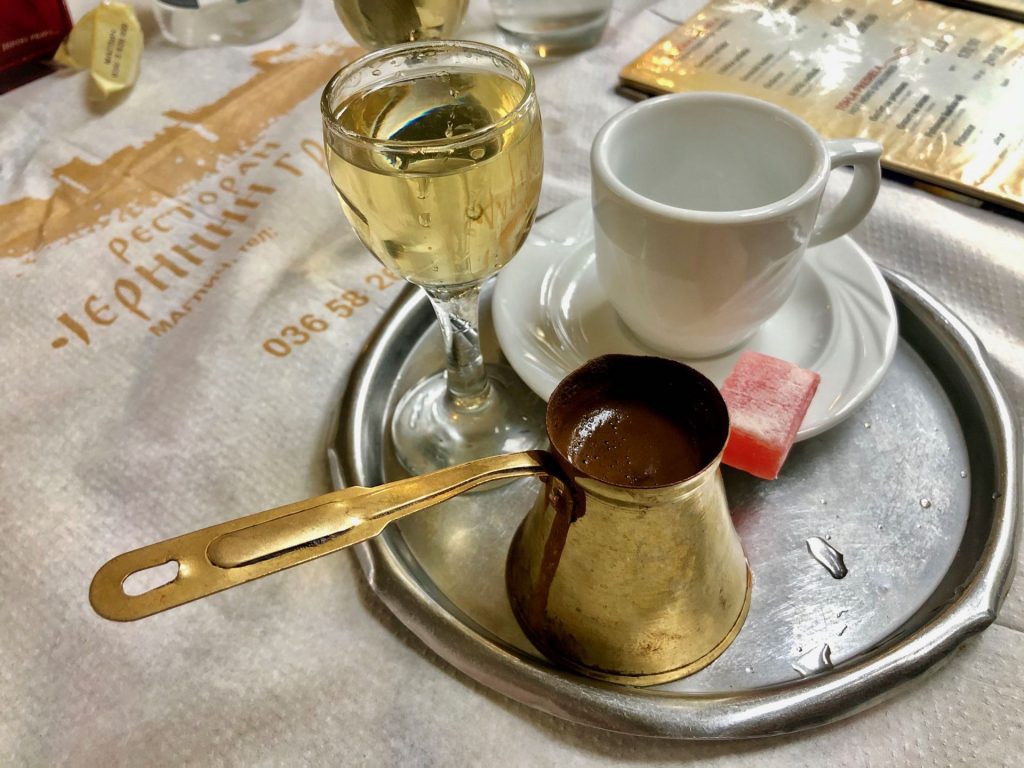
Leaving a 100 dinar note as a tip feels extravagant. Yet it’s only a pound.
An hour later there was a pause in the celestial onslaught so Polly Tregiffian and I set off to take on the castle garrison.
We were thwarted before we’d even crossed the river.
The bridge which looked rickety in pictures was but a tangle of metal girders that had been dragged from the river.
We retired to the van, upsetting Minty’s hour of peace and reading.
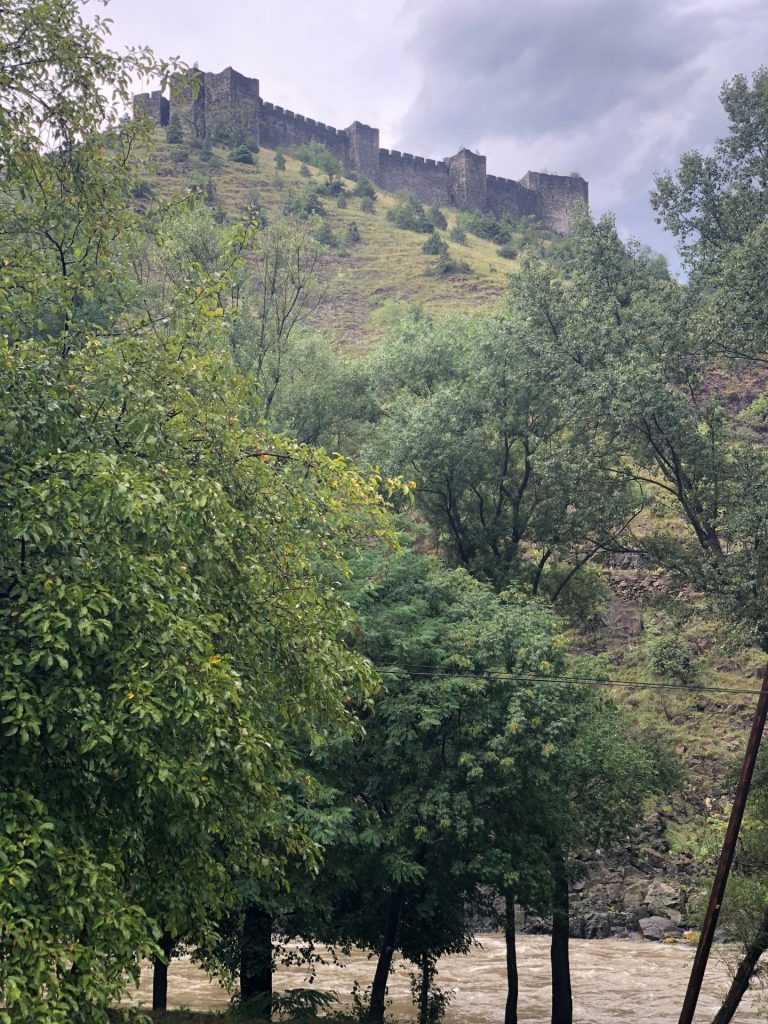
Plums.
Visit any former Eastern Bloc country and you’ll be amazed at the number of fruit trees that line the roadsides.
Visit Serbia in August and you’ll be greeted by a purple haze of ripening plums.
Slivovitz, plum brandy, is enjoyed across Eastern Europe, and right now the trees are heavy with fruit.
The distilled juice will be diluted to about 50°, costs less than a pound a shot and is usually damn good.
We were to later learn that it’s an ideal accompaniment to a Turkish coffee at breakfast.
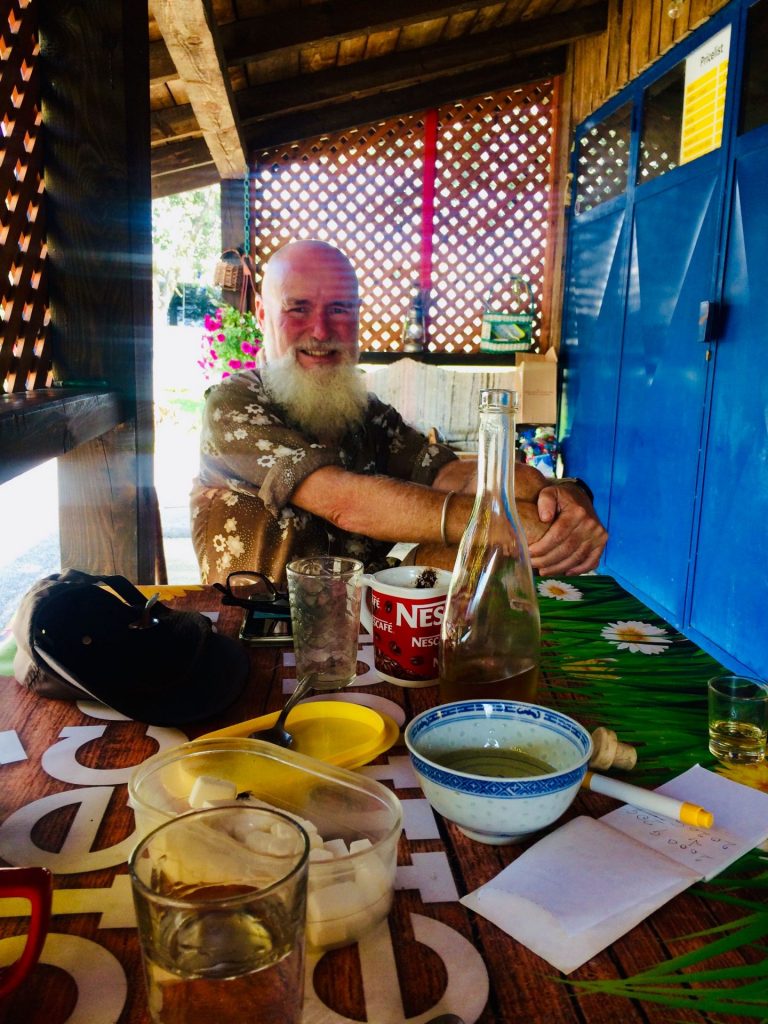
Bogdan Spomonik man.
When you hear the name Bogdan Bogdanović and you learn that he was an artist, teacher, sculptor and architect you have to see some of his work.
At Čačak after many false starts Bogdanovič was selected to build the memorial to the town’s 4560 men women and children murdered by the Nazis. Although work started in 1974 the mausoleum wasn’t completed until 1980.
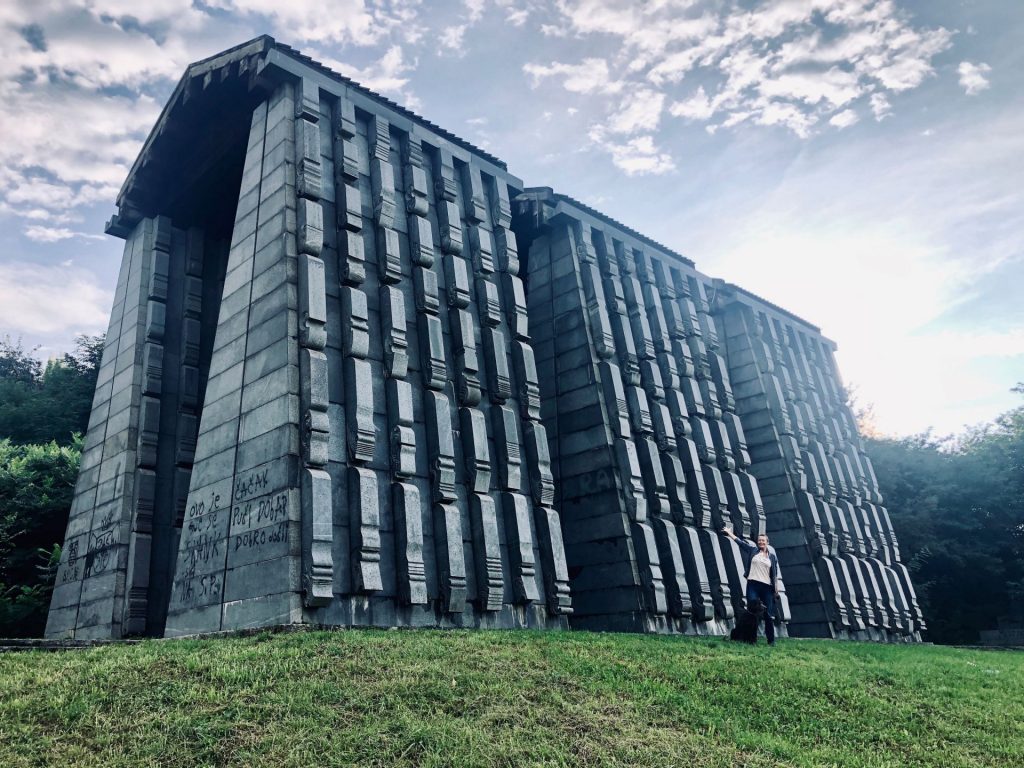
The initial concept was to bear around a dozen monster heads, but when the sculptors explained to Bogdanovič that they’d be without work once the dozen were finished he allowed them to keep making. There are now 620!
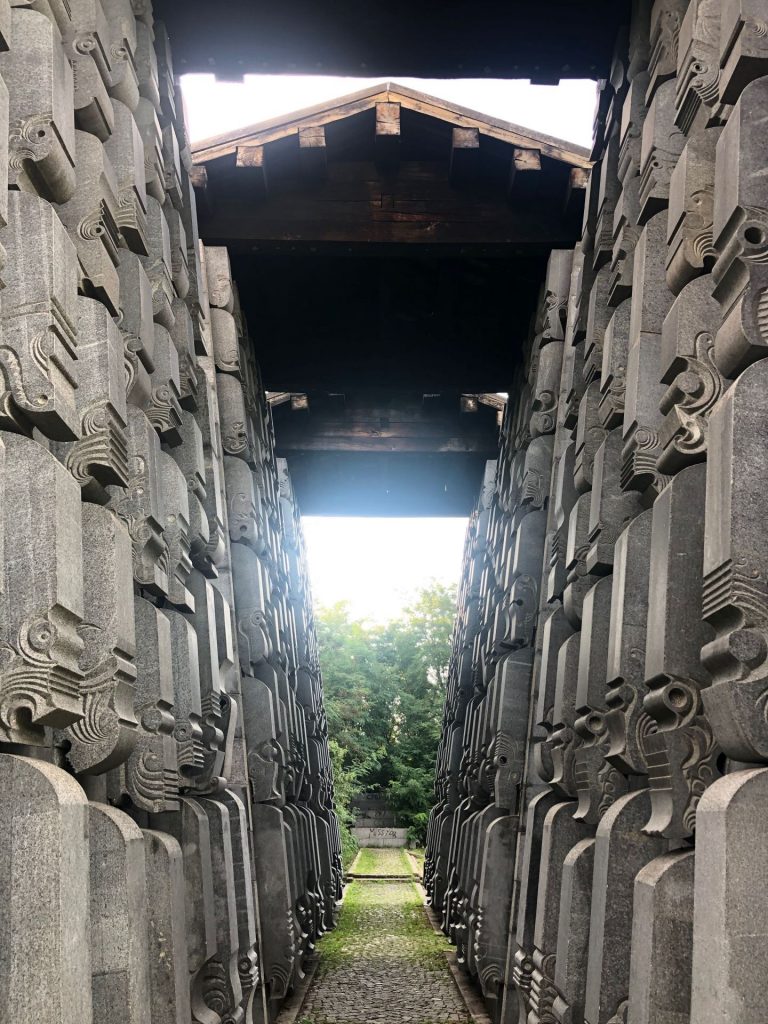
Bogdan – I wonder what his friends called him?
The memorial is in a reasonable state of repair after a recent clean up of graffiti, but like so many places in the Balkans, folk come here to discard their rubbish. We were pleased to read scathing reviews by locals decrying the act.
“Hey Milena, don’t put that rubbish in the bin, we’ll take it up to the memorial park and scatter it around the mausoleum.”
Running repairs. VanLife.
No one in Britain will be able to get their heads around how little rain we’ve seen this year.
When it hammered down last weekend at our final Bulgarian stop it was the first we’d experienced since an April storm on Crete.
Over four months with no rain.
Unfortunately when it did come rather too much made its way into the van.
The seals on the roof lights harden in the heat and then crack. It happens to us. It happens to the super expensive vans too. When the shade temperature gets to 40° it’s well over 50° on the metal roof with its insulation ensuring that the heat keeps building. No surprise things go awry.
At the campsite we applied new duct tape (Duck is my duct) on top of new sealant.
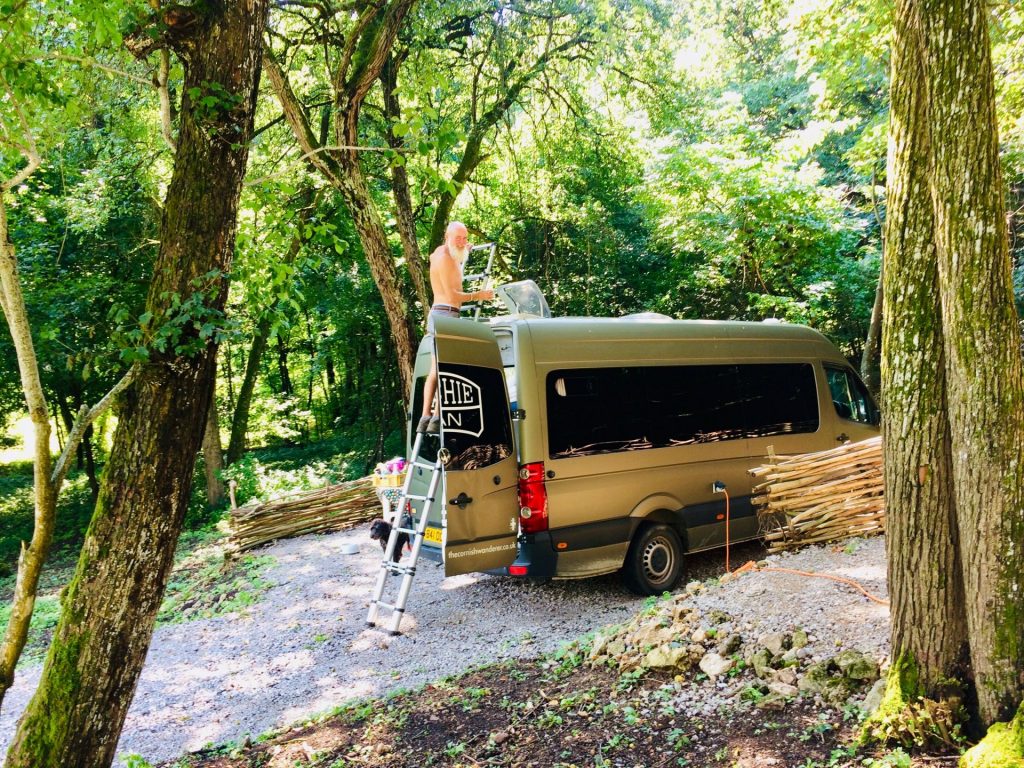
That seems to have worked for the roof.
Yesterday though when the heavens opened at the fortress we had a trickle at a window surround. That’s harder to address and had me scratching my head through the night.
Raspberries.
Who knew? Serbia is the biggest grower of raspberries per capita in the world. We pass miles of what look like unruly vines that are in fact raspberries. Pickers lunch around their vans in the afternoon looking for all the world like extras from a modern day Constable. Each bring blankets to lie on, or even tables and chairs.
Čačak.
Bogdan’s monument looks down the hill, past the five metre grass mound where the found remains of its citizens are interred, to the arrow straight main drag into town. At the central square there’s this beauty. The Dom Kulture.
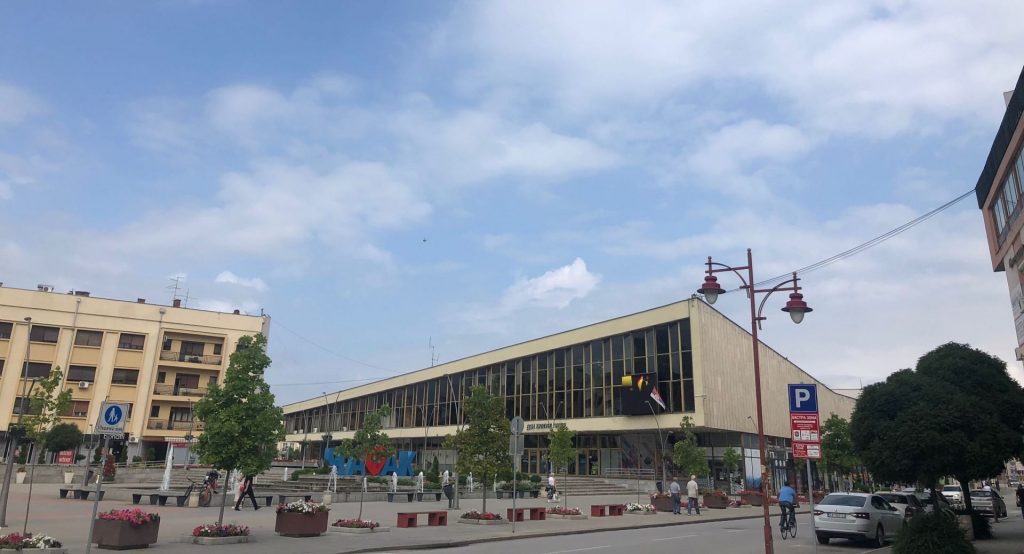
In town, as in every town here, there are many many cyclists. Most are old men moving slightly faster than a walker, but the smart and the young often cycle too. You can tell a rich area, there people cycle for sport, not out of necessity.
Ovcar-Kablar Gorge.
Leaving the town to the west the Ovcar-Kablar Gorge is announced as a route of ‘extraordinary importance’ by the information sign. It’s also mad busy on a sunny Sunday with crazy off putting red and white stripe painted roadsides. It’s not quite wide enough for its traffic.
I missed any joy it should have brought. For that we’d have to get up high on the gorge’s shoulders and gaze down on its majesty. Instead we forged on to near Užice for a complete change of scene.
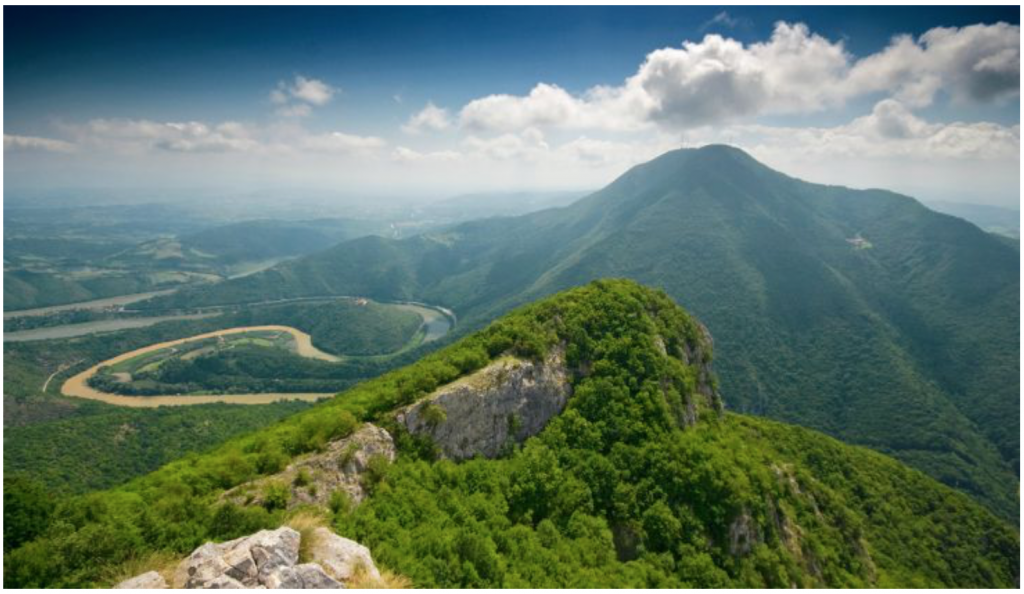
Camping Tatinac.
Camping Tatinac is way off the beaten track.
In fact in this year of the virus we’re only their second visitors. It’s so good I want people to find it – here are its coordinates – 43.8719866, 19.8820946. Pop that into Google and make your way.
Marvellous meadows.
ArchieVan sits on a small meadow of clover, bird’s foot trefoil, yarrow and thick spongy grass. Polly is spread out on her favourite bed ever. The soundtrack is the low hum of ten thousand bees working the flowers, pierced by the many voices of the ravens in the woodland nearby, there’s a backing beat of woodpeckers hammering the trees. Bantams, chickens, turkeys, guinea fowl and peacocks peck for grubs. The smaller birds disappear in the long grass. Two little donkeys, two pretty goats, coiffured sheep and a little dog on a chain complete the menagerie.
Emilija and Radko welcome us with Turkish coffee and Slivovitz. Conversation is backed by Google and the similarity of many words to their Greek equivalent.
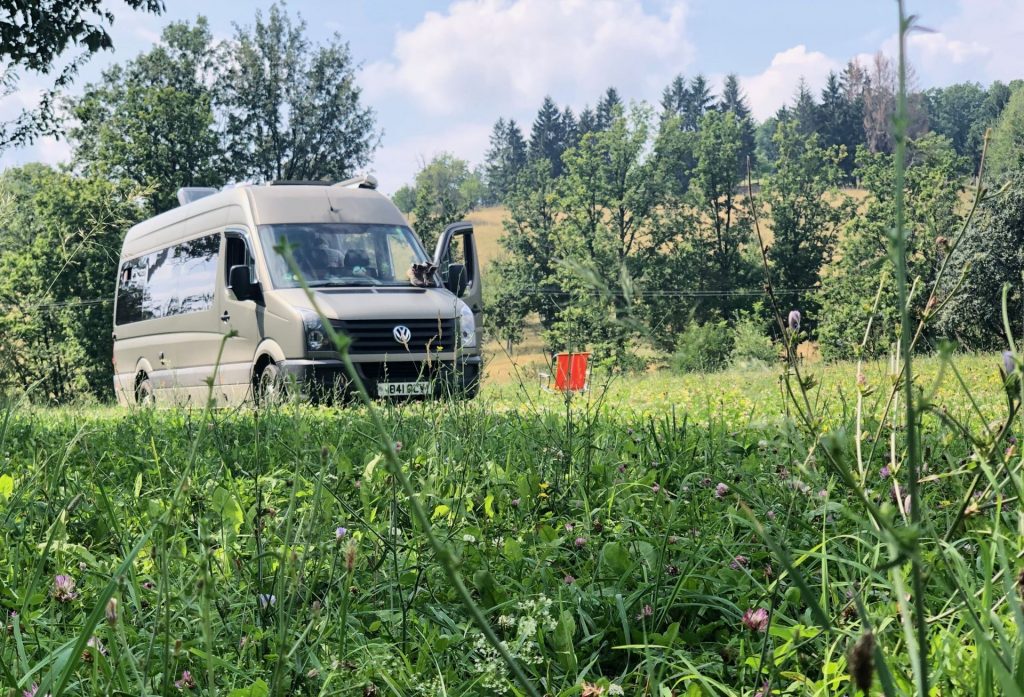
We slow down.
We slow down.
We came for one night. We’ll stay for three.
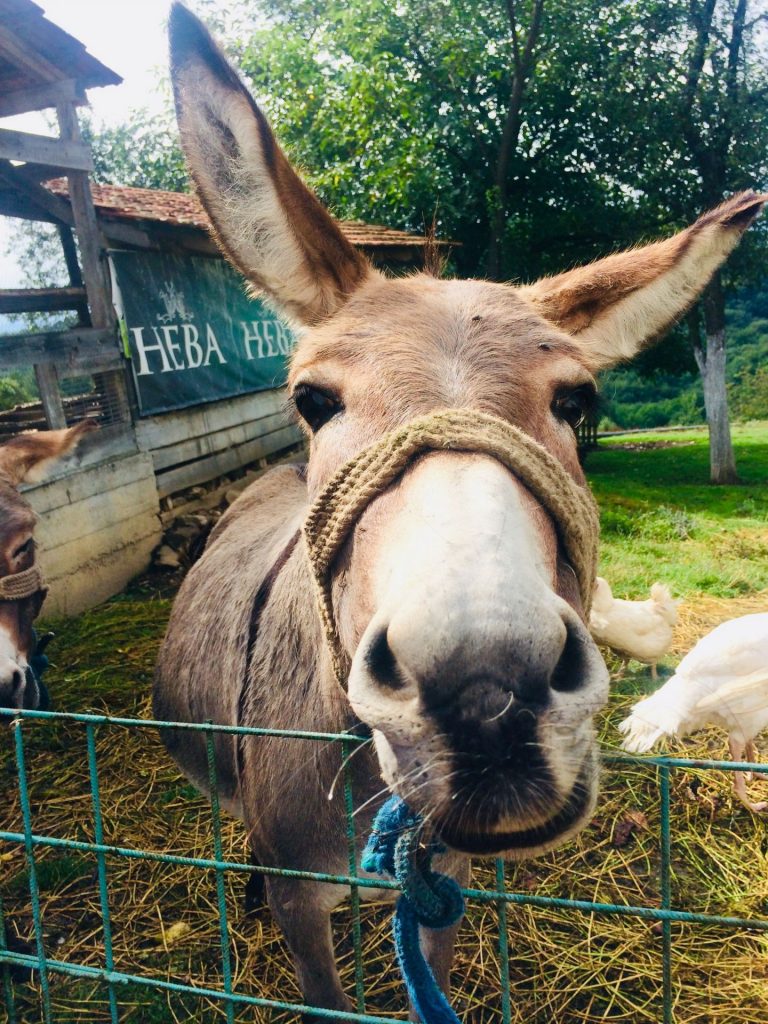
It’s only when you stop, safe, that you realise the constant drain of being on your guard. We rarely think of it, but we always have half an ear checking out what’s happening around us. England has taught us to be wary of youth in cars turning up at places in the middle of the night. Throughout our travels those youth still turn up, yet all they do is drink coffee, play music and smoke tabs.
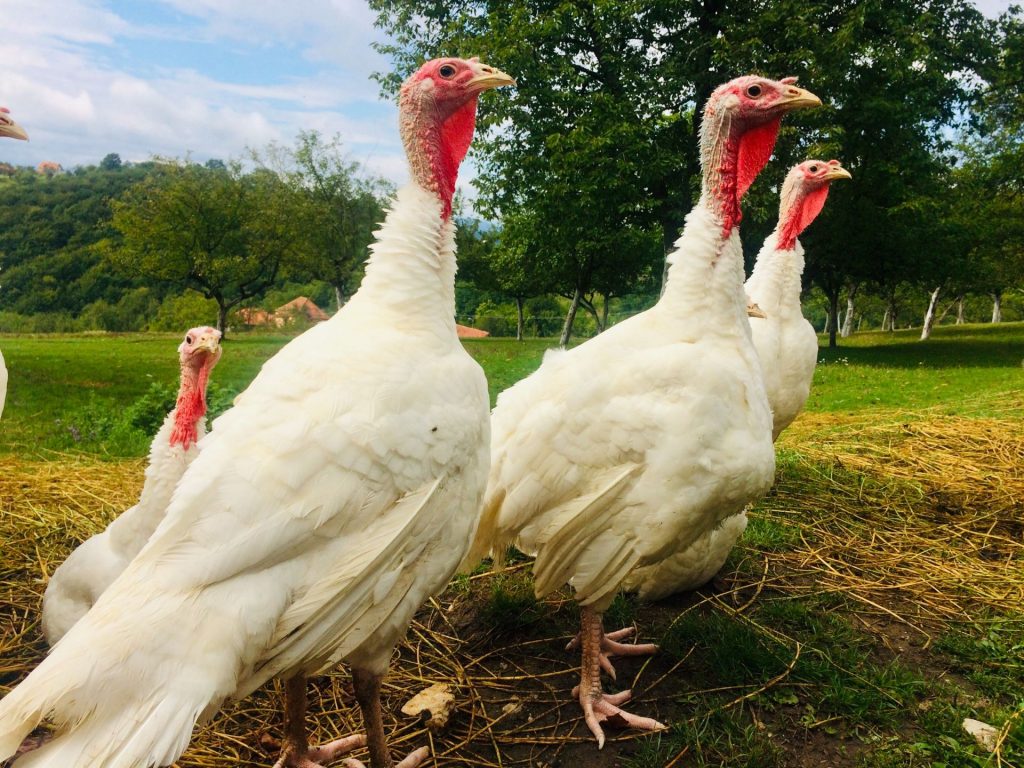
Smoking.
Smoking is a Serbian national pastime. I haven’t checked out the prices yet, but most people seem to smoke. They smoke in bars, restaurants, outdoors, indoors, riding their bikes and after a run. Perhaps it’s still healthy here like it used to be in Greece.
Drvengrad (timber town).
I wrote about how so many things are made of metal in the east, and then shortly afterwards we came across Timber Town.
The stunning Tara National Park borders Bosnia and Herzegovina on the west of Serbia. Calming hills roll in every direction, sometimes forested, sometimes grassed. They’re dotted with pretty cabins that look idyllic now and must be wonderful in winter with the fire roaring and a casserole in the clay. Clean cattle graze the sward and long to be hugged (well, at least they look that way).
Wooden churches show the skill of their craftsmen centuries after they were built.
Among all this joy is Drvengrad.
Drvengrad was built by Serbian film director Kusturica for his film Life is a Miracle. In an inspired example of reuse it has morphed into a tourist attraction where folk stay in the very homes their fellow tourists pay to look around.
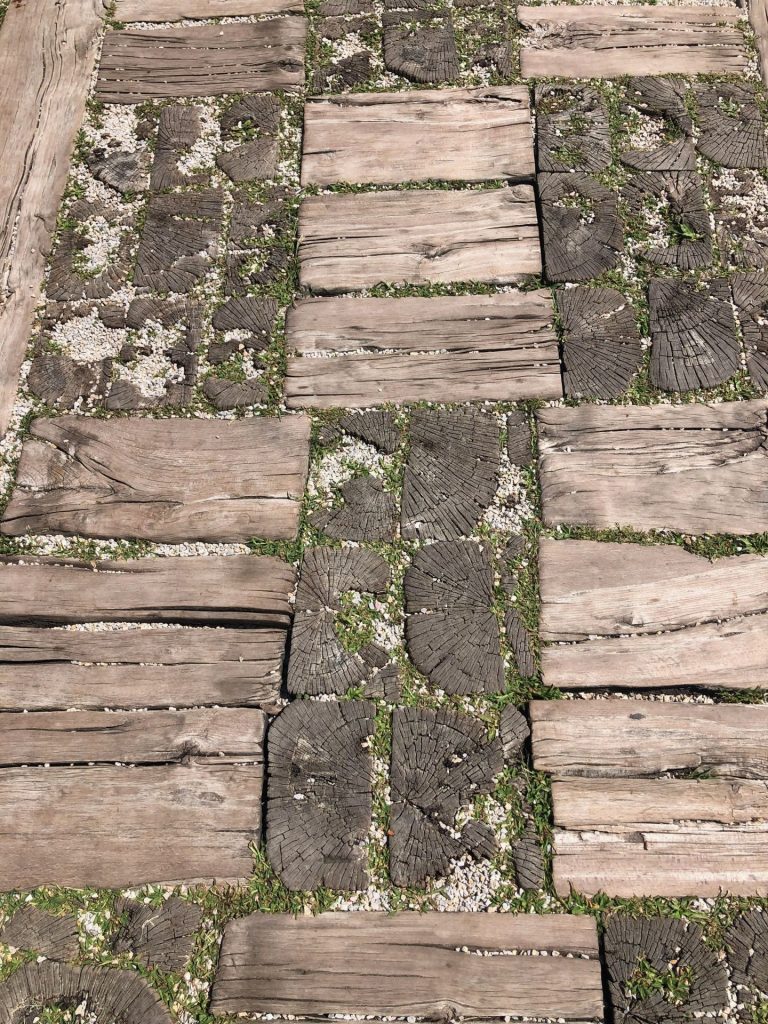
I’m not sure we got the most out of it, other than a couple of good photos. It was extremely hot and busy while we were there. Even youngsters were falling by the wayside with heat exhaustion. After just an hour we were battling to escape its chaotic parking in a van that was far too big. The memory is good though and the frustration has long since faded.
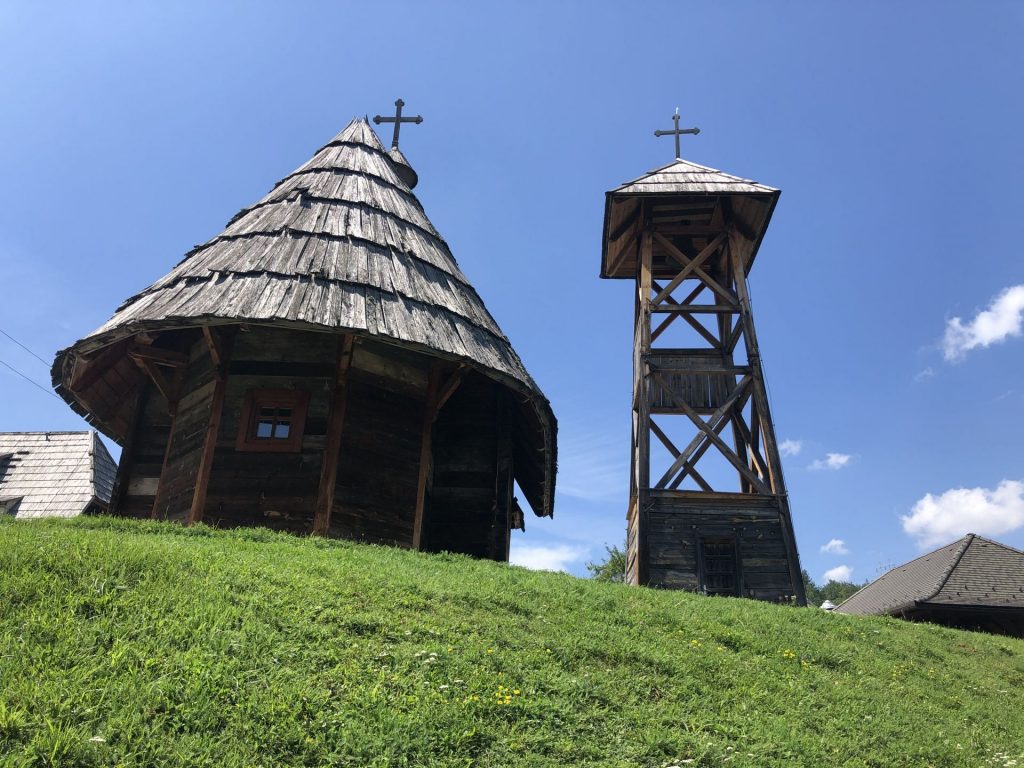
A new breakfast of champions.
There are plenty of fungi in the field where we settled for three nights above Užice. Minty picked a few to ask Radko, the owner, if we could eat them.
He threw them in the bin.
When we came home next evening he presented us with this bowl of beauties. They’re boletus edulis, more temptingly known as ceps.
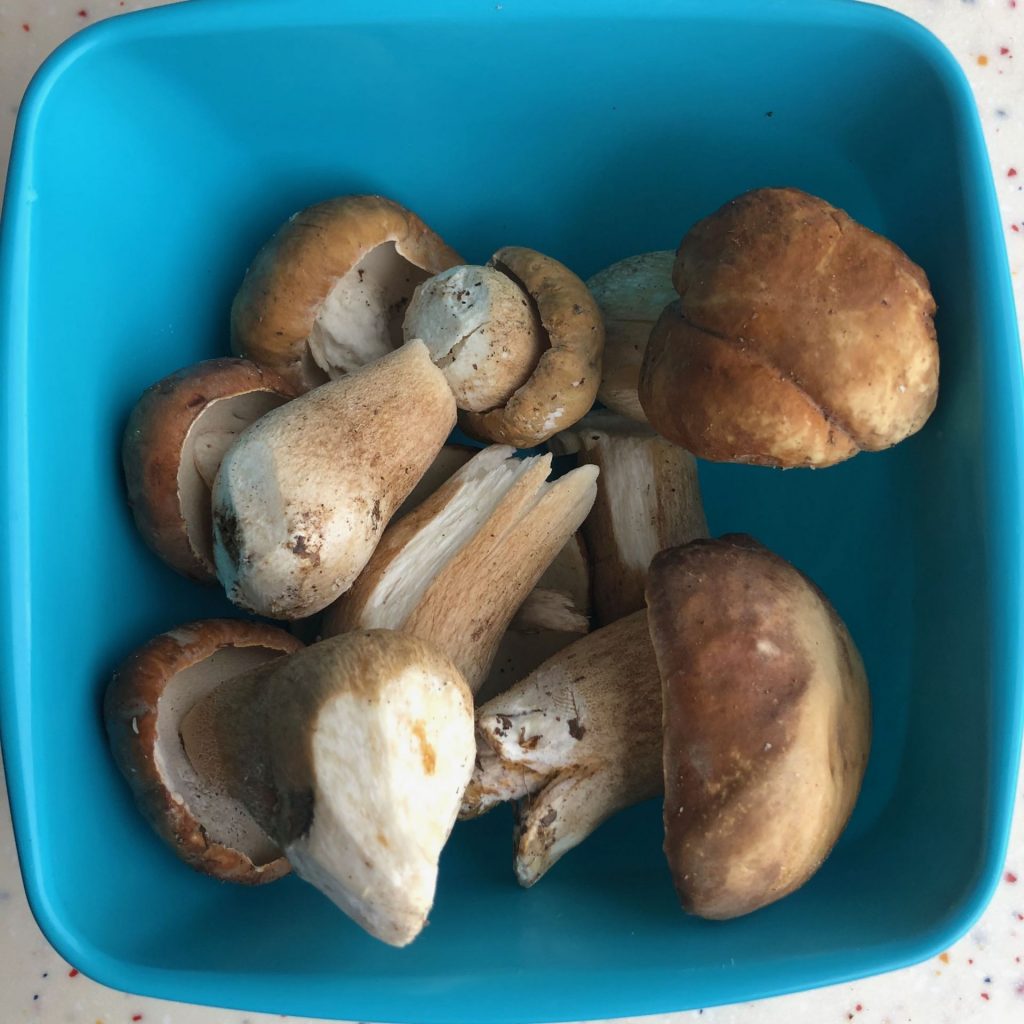
That bowl would have cost more than a meal for two if we’d bought them at home.
Breakfast has taken on a new, special, but dangerous pattern here.
I walk the dog, and on my return Radko or Emilija will call us for coffee and a chat.
The chat is a challenge as there’s not enough signal for Google to translate, but it’s fun anyway.
The coffee is Turkish, strong, and it sets Minty chatting like the sparrows around the farmyard. The best bit is the nip of Slivovitz that it’s served with.
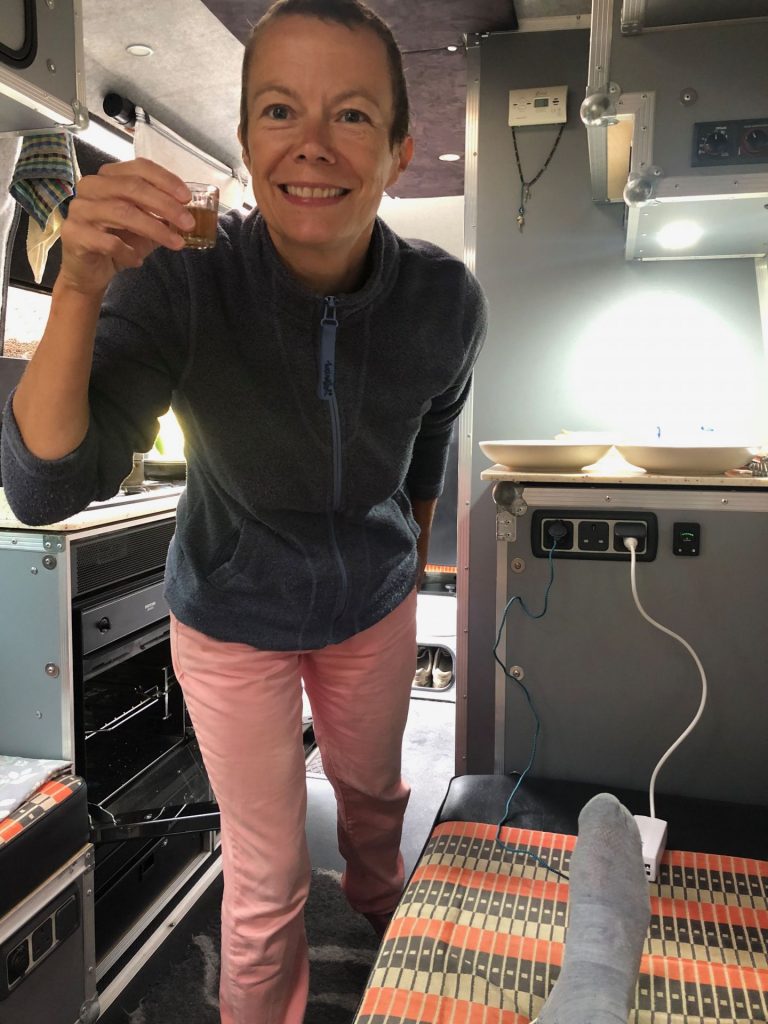
When I recently read a biography of Churchill I frowned at his habit of taking a whiskey with breakfast, but after a few days of waking with slivo I can see the attraction.
We had the amazing fungi sliced thinly (like slicing filet steak), fried in butter with nutmeg topped with a fried egg. Wow!
Wee Hoose of the Broowns.
The Wee Hoose of the Broowns is just outside of Lairg in Scotland.
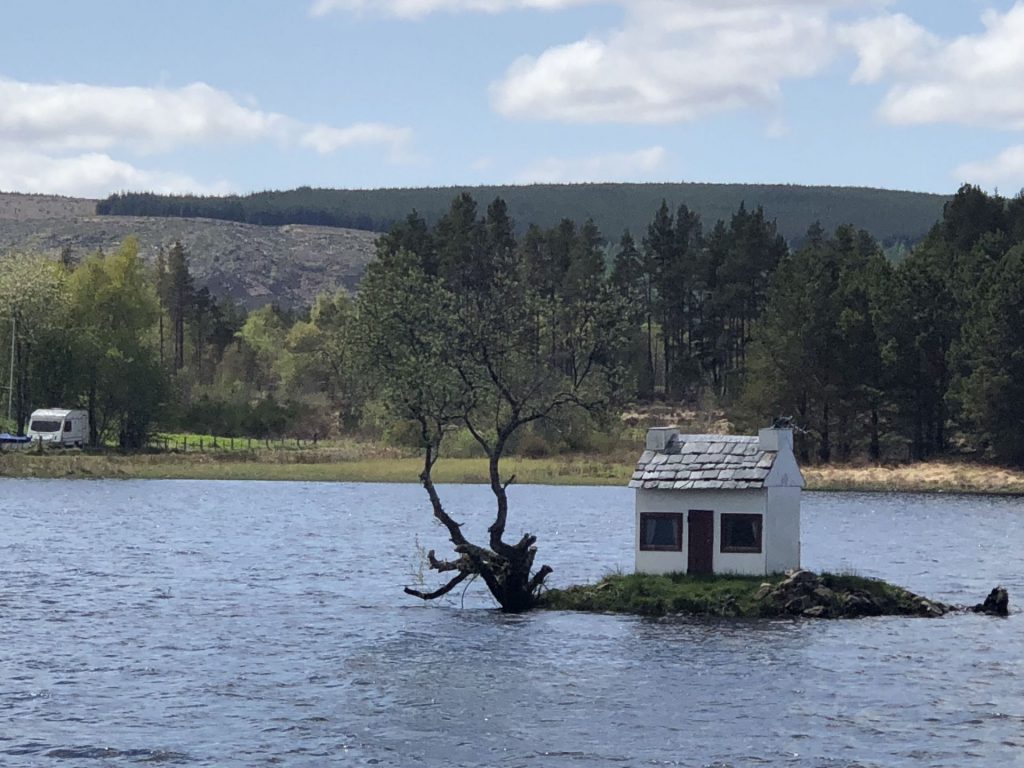
Having been there we had to visit the Serbian equivalent.
Bajina Basta is a town on the Drinja, the river that forms much of the border with Bosnia to the west. The river house, built on an island dropped by a giant a while back who wanted to keep his precious horse’s hooves dry on their hop across the river, is reconstructed every time the Drinja washes it away. It’s a pretty thing, but perhaps not deserving the adoration it receives.

Kadinjača.
More impressive is the utterly massive spomenik at Kadinjača.
Whatever you think of these monuments you can’t fail to notice them.
This site is in an area of natural beauty the equivalent of our Lake District. It completely dominates its 800m hill. Thankfully it’s maintained as its art and engineering are beyond anything I’m familiar with. I suspect Henry Moore would have been both impressed but wondering whether his own work was a little on the small side.*
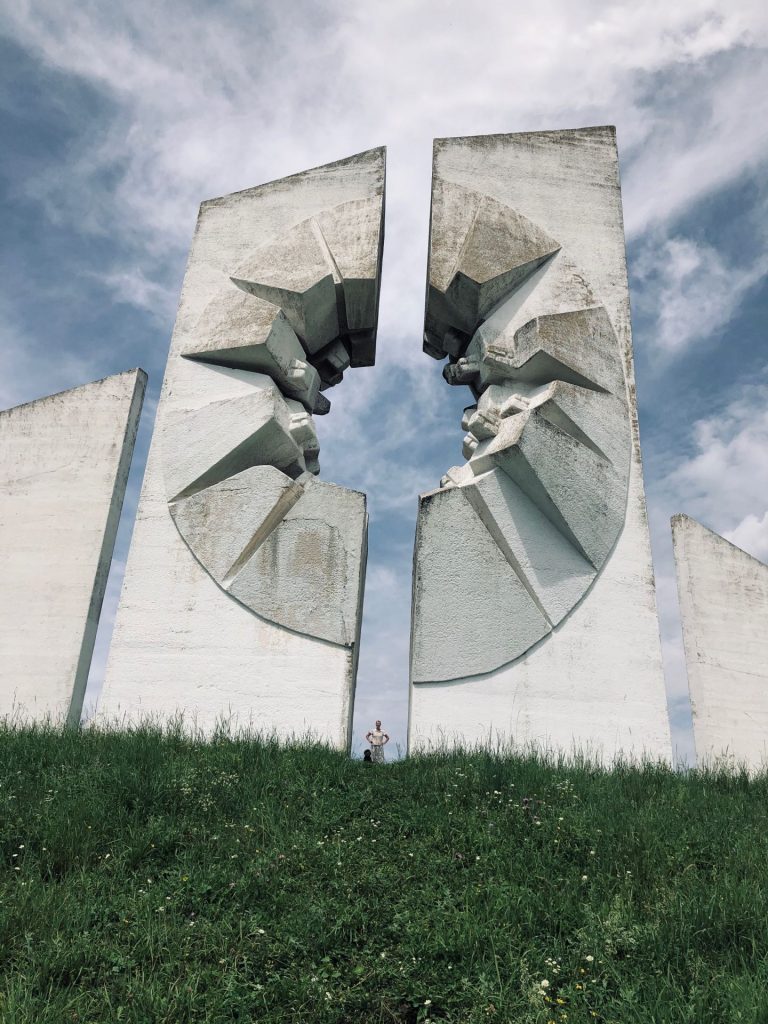
Sabac.
Sabac sits on the western bank of the Sava River, at this point it’s as wide as much of the Danube which it joins further along.
Old folk and young bear (almost) all to catch the sun, cooling themselves with a river swim. It feels strange to us seeing so many people nearly naked in a town, they’re everywhere.
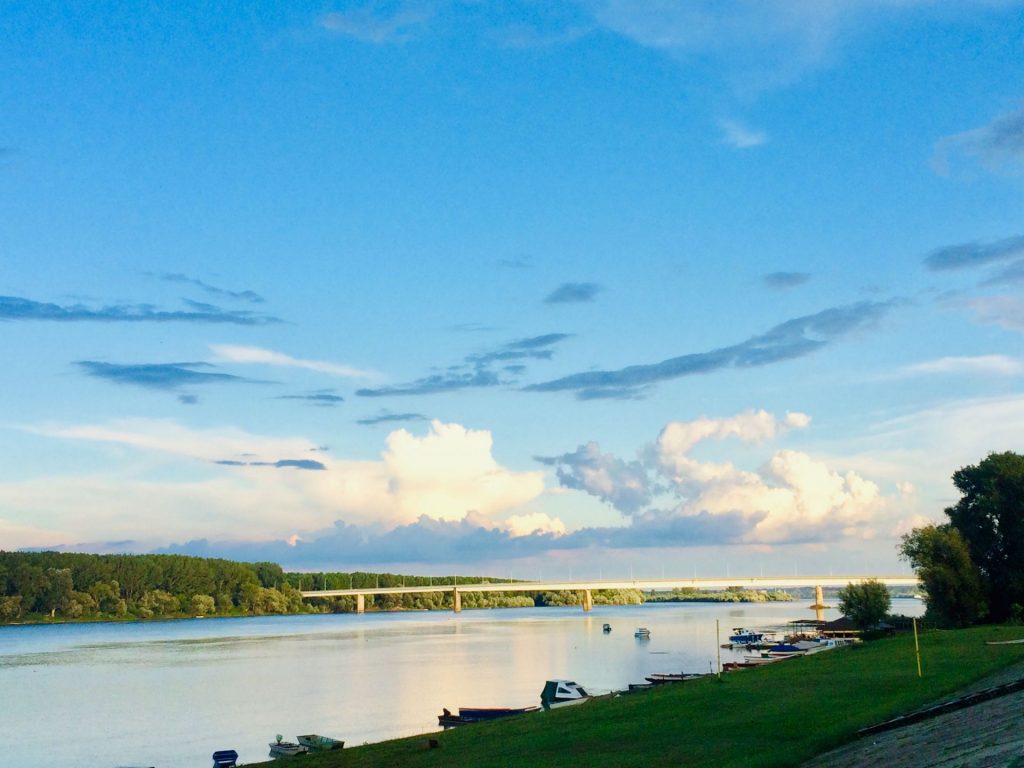
Castle Town.
Serbian housing is mostly modest, in fact most people’s home is still a flat in a tower block. Houses are bigger than England’s, but they’re often multi-generational properties so that’s understandable.
One place breaks that trend in a quite exceptional fashion.
Draginje is a typical strip village along the main road to Sabac from the south. It has around 1800 inhabitants, supports a couple of bars, and a mini market.
Where it stands out is its collection of obscenely large houses, all Doric columns, huge gates bearing stone eagles, extensive lawns, west wings, east wings and balconies on every face. These are footballer type houses, no style, just expensive. Everything around them is as rough as everywhere else.
It’s not just me who noticed, there are plenty of videos on YouTube made by other people who have stopped to stare.
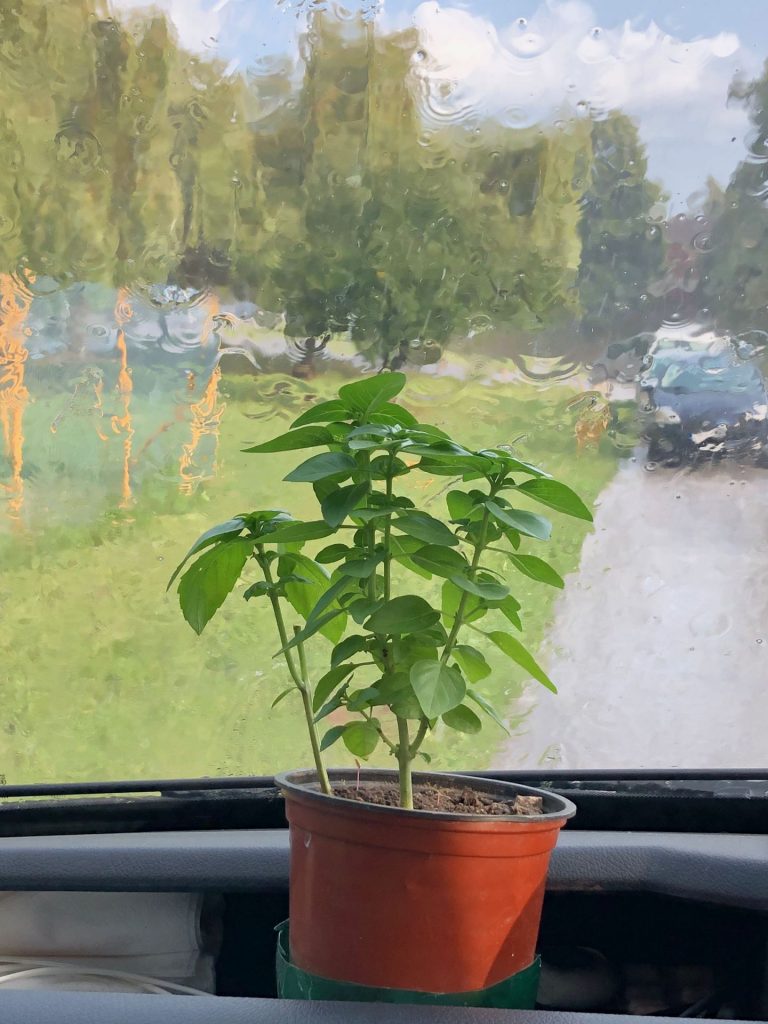
Onwards.
I have said before that our journey has become more strategic. That’s really kicking in now. To be able to tour Austria we need to spend at least ten days in Slovenia before we cross the border. To see much of Croatia we need to leave Serbia tomorrow (after I wrote that it became more interesting as Croatia and Austria were added to Britain’s quarantine list).
We’ll be disappointed to leave. Minty is getting used to it. I like it a lot. It’s more disciplined than many places we’ve spent time in, and for that I prefer the random approach of Greece and Bulgaria, but Serbia is far better than almost any report on the country that I’ve read.
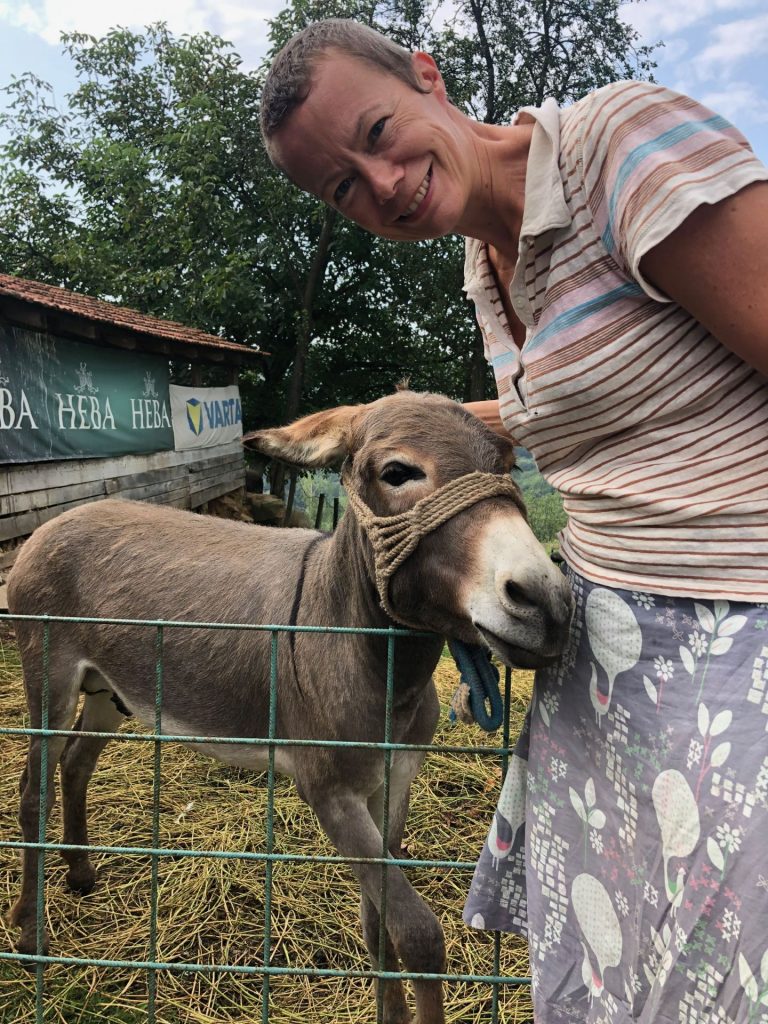
A walk in the woods. To see more, look for less.
Taller. Faster. Fatter. Bigger. Harder. Richer.
Having the world’s information at our finger tips drove many of us to seek the extremes for a while, then eventually we learn that there’ll always be a faster one, a taller one, a richer one.
This week has been enriched by seeing more on the same path, rather than taking ever different paths.
At the Kopaonik ski resort Polly and I crashed through the undergrowth to find a woodland path unvisited by the hordes. The first time was good, the second better and on the third I started taking pictures of the small stuff. Here are a few.
This made me think of home where for years I have loved to walk the same path along the Nancherrow Stream, each time seeing something different. It’s small change through much of the year, but then comes the riot of spring when the greenery thrusts skyward and new flowers appear every day. I’ll return to this, and, despite the intense experience of this adventure, I’m sure I’ll find joy in the small changes too.
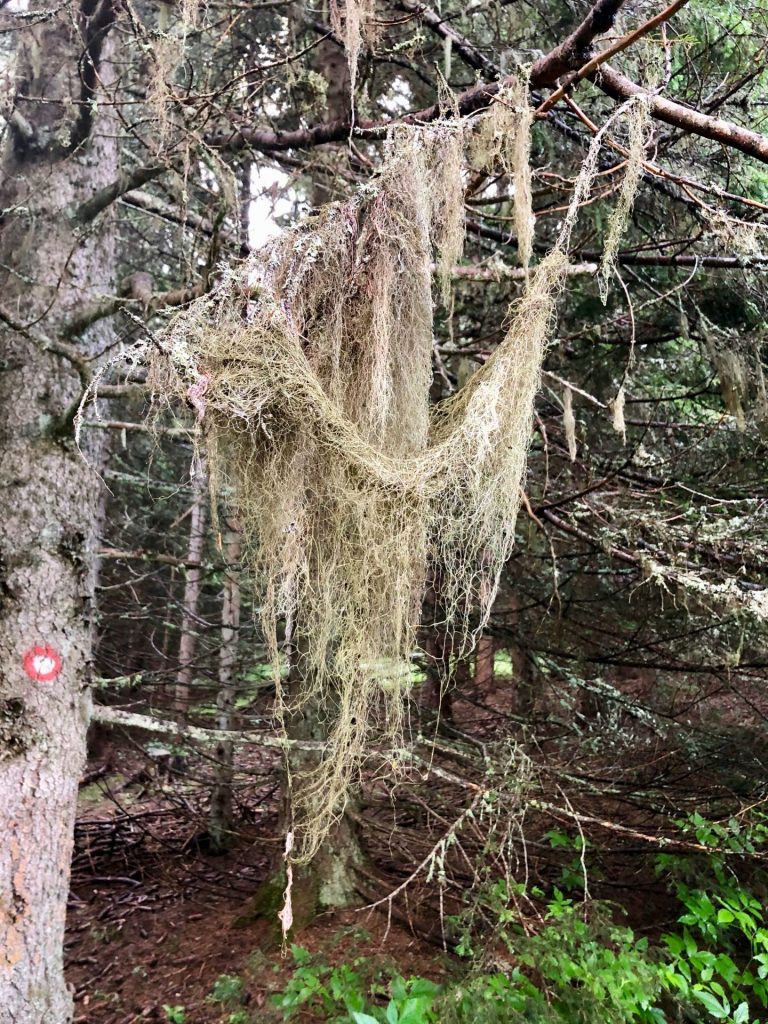
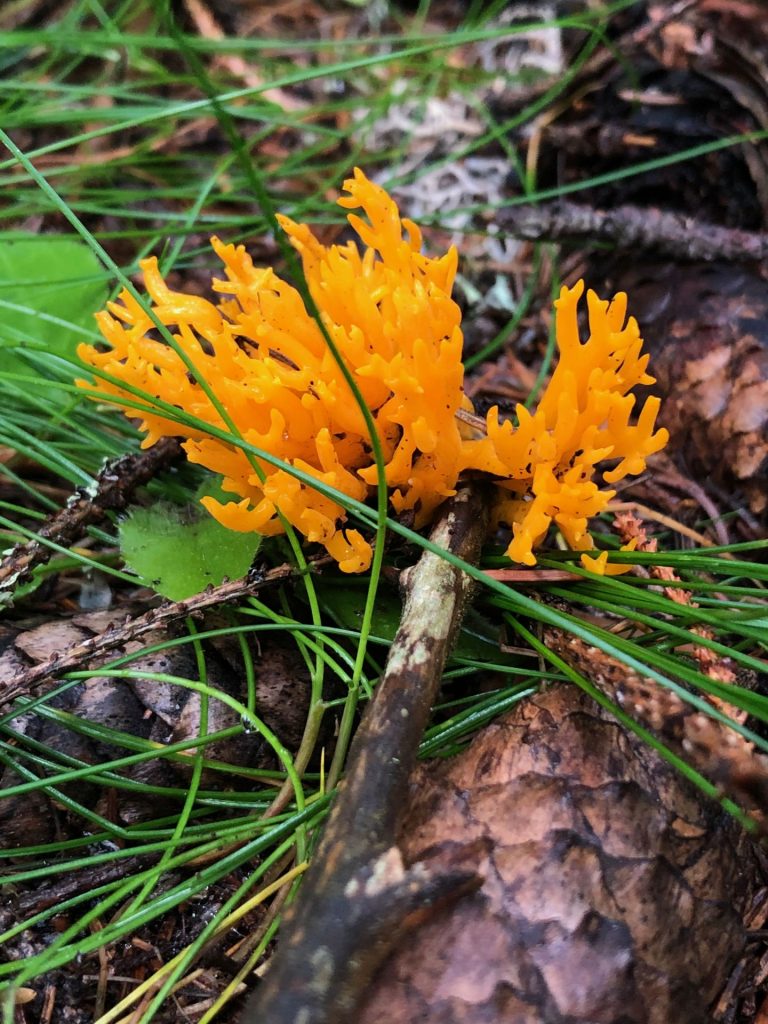
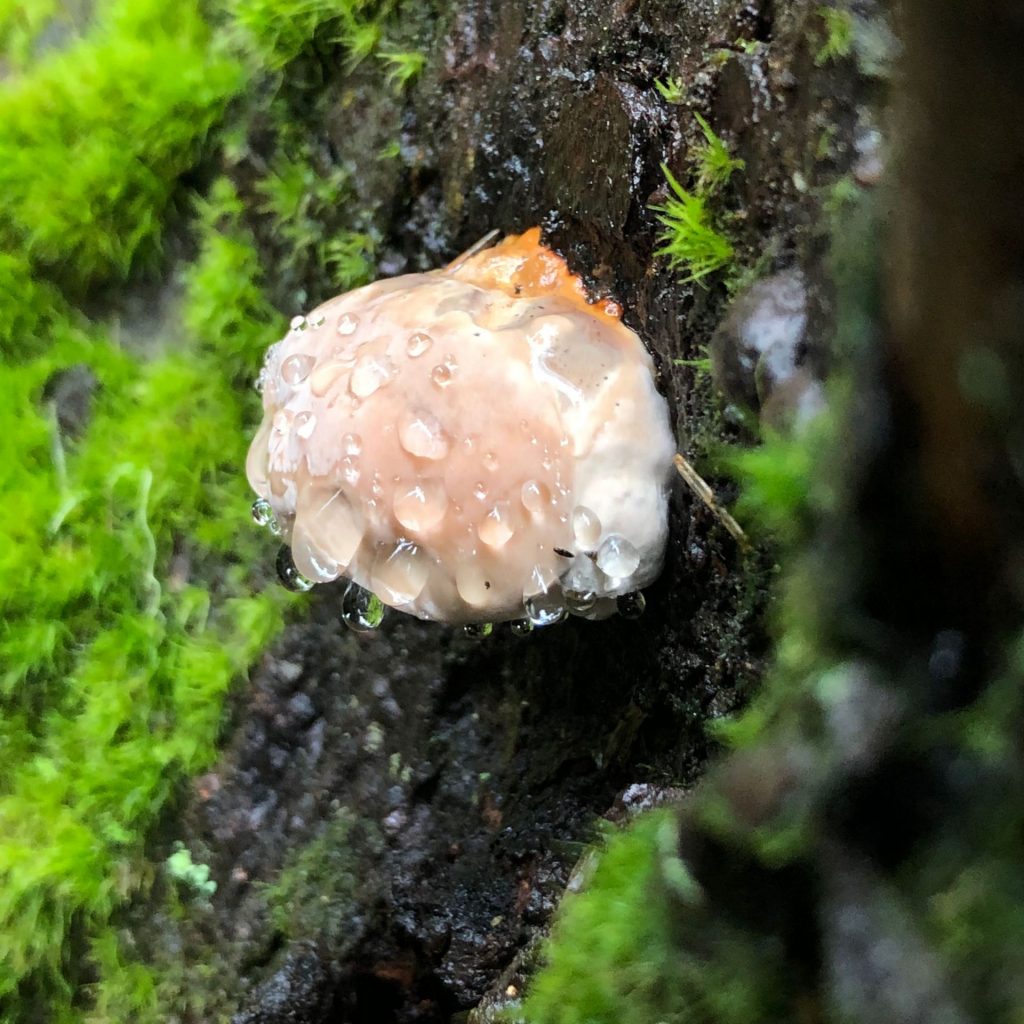
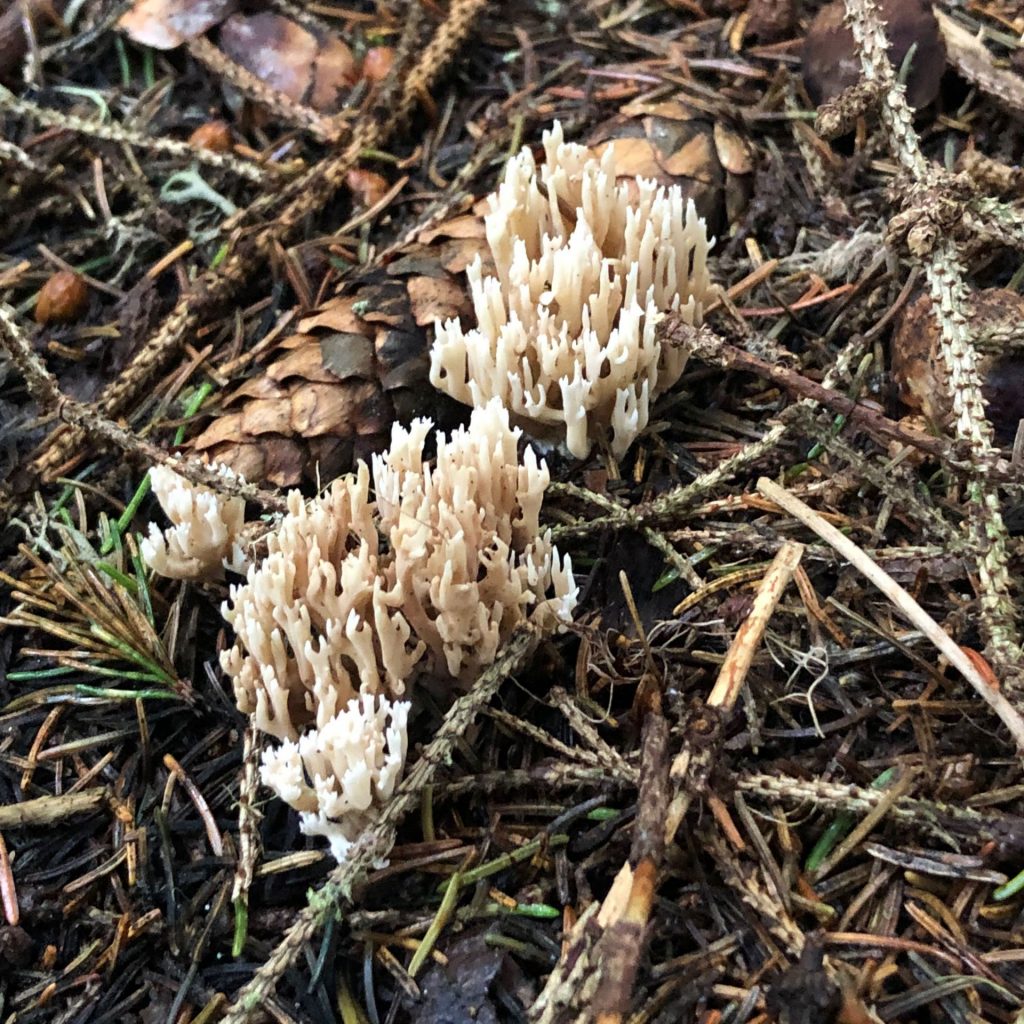

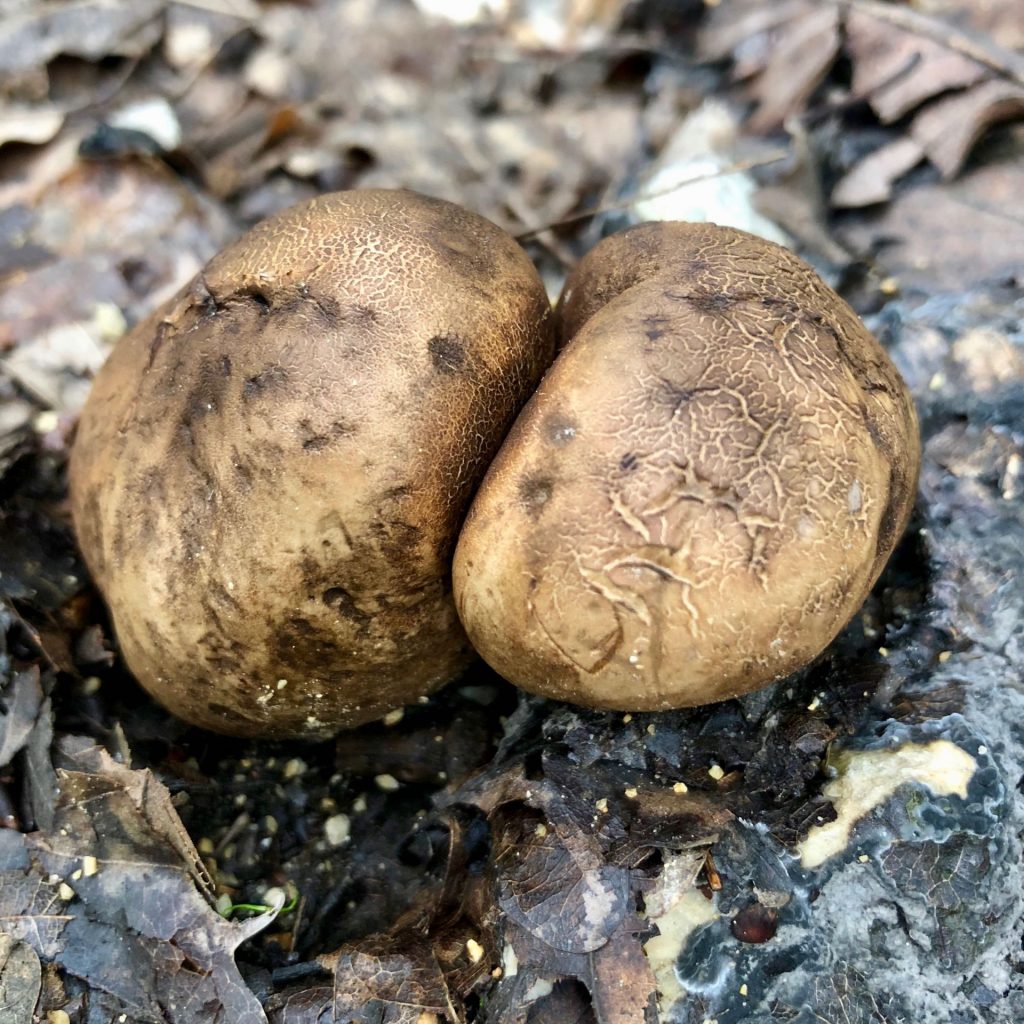
*Serbia’s dark side.
You can’t travel this country feeling impressed by the monuments to its fighters who tackled the Nazis 80 years ago without considering the atrocities of Serbia less than 30 years back. As I read more about the break up of Yugoslavia I’m reminded of just how fragile any peace is. The wrong but capable leader can easily whip up a rabble that’s inspired to inflict utter horror on the neighbours that it once considered friends. There are plenty of reports of Bosnian Serbs ringing their Muslim friends after a day of fighting and discussing the killing almost as a game of chess. In our comfortable world it’s near impossible to comprehend.
Less sinister, but important to know: There’s a known scam whereby foreign vehicles, especially campers and motorhomes are flagged down by concerned looking men at the roadside. They’ll insist that you come and look at something on your van that has gone wrong. They’ll encourage you to follow them to their workshop where they’ll “fix” the problem for you. Then they’ll present you with a significant bill.
I first heard of this from a young Polish teacher I met in Greece. He’d told the offender where to take his problem. Apart from that he enjoyed the country. I later heard a similar tale from an older French couple who were traumatised by the whole experience. Wild horses couldn’t drag them back.
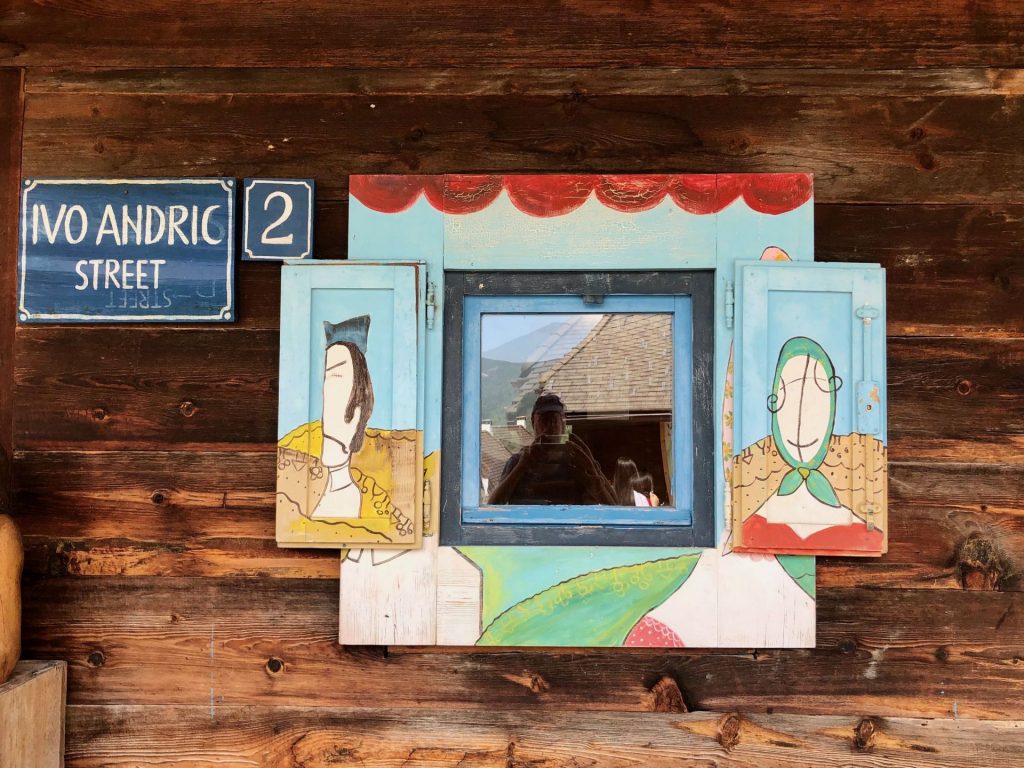
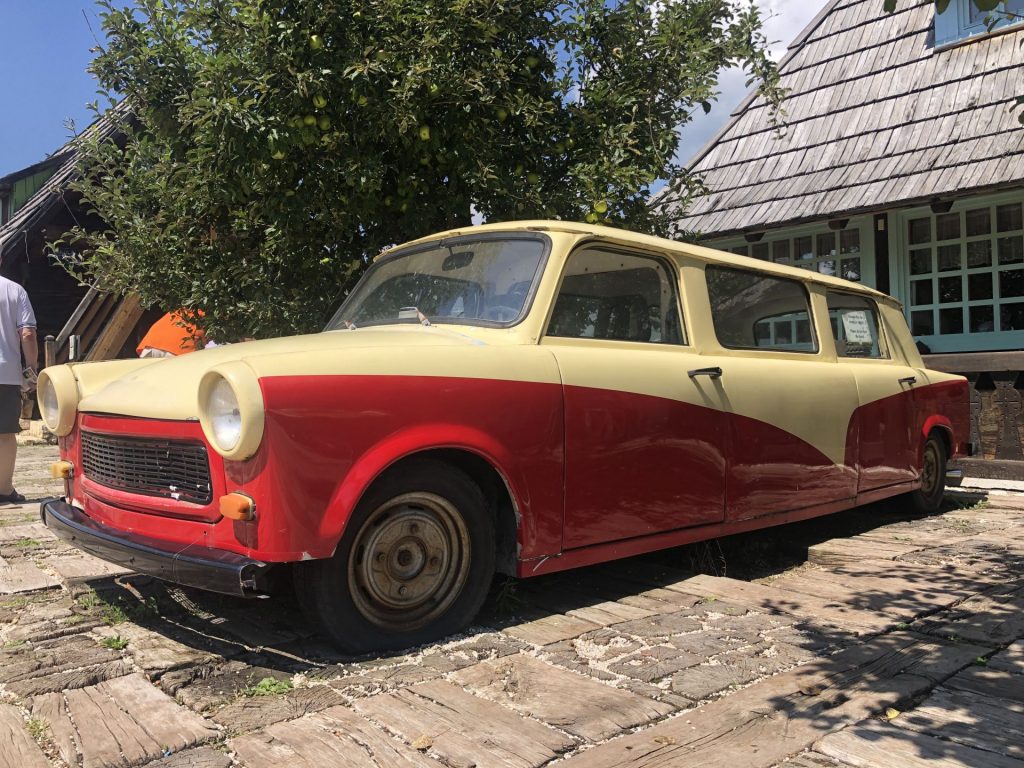
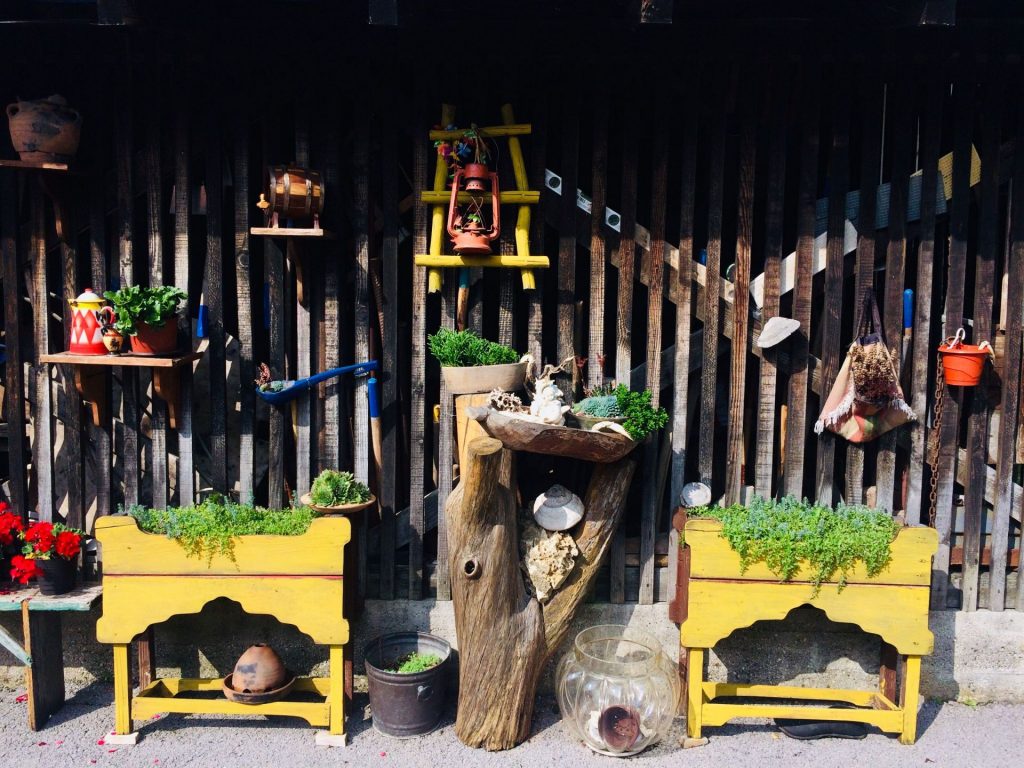
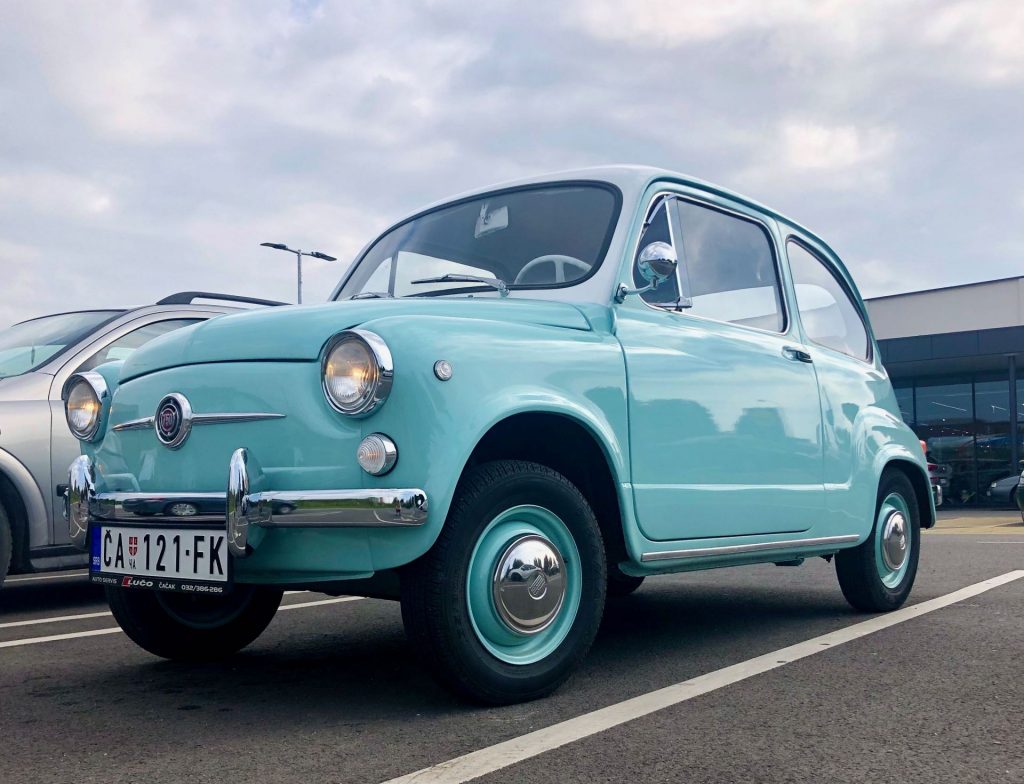
We had a fellow try to flag us down at one stage, but there was no way we were stopping.


I really recognise that sensation of being on guard, a hypervigilance that truly exhausts. Having a five year old who does a runner often is the cause of mine. The plums sound delightful, the spirit too. I like how this feels like a fictional narrative, the camping part.
Thanks Rachael.Hopefully you have enough watchful eyes on your trip so that you can relax for a while.
Like many stresses you get used to it, you stop noticing it, then when it’s gone for a while you almost collapse from an exhaustion you didn’t realise you were building.
The nip of spirits for breakfast was a fine thing that I hope to adopt for future holidays – we do need to find very small glasses.
KC
I first saw specimen of ramaria aurea in Denmark. Extremly tiny, only a cm tall, but so eye catching because of its colour! Beautiful, isn’t it! I was surprised to find that you call it goat’s beard mushroom. Same in German. Beautiful pictures, Kelvin! The stretch Trabbi is a hoot!
They tried all kind of conversions with the Trabant (even camper) and there are still regular meetings of Trabbi owners in Germany. And may be in other former eastern block countries too.
M
The longer I poked around the woods the more I found.
All the names are my made up names.
I wished I had a camera for those sorts of photos, it’s quite difficult with the phone – not least because my knees don’t bend as well as I want them too!
Well, we were worried about Serbia, but we should have worried about Croatia.
We haven’t worked out how we can get out yet. We think Italy allows people to enter with a test and if we can confirm that we’ll transit Slovenia this week (drive through without stopping).
Croatia is more like Austria these days. Very neat. Very clean. And inland the prices are still OK, but I understand the coast is as expensive as France.
Best wishes to you both. Kelvin.
Hi Kelvin
Lovely to escape the confines here by reading your amazing exploits, great photos and descriptions. Good luck on the next adventure.
Anita
Hi Anita
Thank you for your note.
Serbia was interesting and I could have happily spent longer there, but for the first time in ages we are becoming conscious of the weeks slipping by. We’re now making tactical decisions to get us to Germany for a meeting with friends for Amanda’s birthday. It’s not as easy as it sounds!
Best wishes. Kelvin.
Hi fantastic your discriptions are wonderful as are your pics,
Thankyou for sharing your journey. It does give us a little bit of normality. Getting away from the news lately.. Well we have taken the plunge and booked trevedra in a tent we must be mad… At our age that airbed will be a challenge,,, not one cottage available. Stay safe enjoy your travels
Thanks Sandra. Serbia was most interesting. I could have spent a month poking around.
Trevedra? Good on you. I’m not sure I could get up after a night on the floor!
Look after yourselves, say hi to Wendy at the campsite, we used to be neighbours.
Best wishes. Kelvin.
Hi to you both,
Firstly can I congratulate you on you very fine Maria Von Trapp impression in the initial photo. You do look the part. Secondly thanks for yet another exquisite historical travelogue with nature thrown in for good measure. Wow…what a trip! And what a collection of monumental monuments. The Donald ought to commission one for himself…..then we can all throw our rubbish in it.
4 months no rain?! I have just driven back from Dorset and I reckon we had that much today. Along with a truly “fresh breeze” through Cornwall. See what you are missing!
Hope you manage to chart a return trip sometime. Look after yourselves,
Keith and Liz.
,
Firstly can I congratulate you on you very fine Maria Von Trapp impression in the initial photo. You do look the part. Secondly thanks for yet another exquisite historical travelogue with nature thrown in for good measure. Wow…what a trip! And what a collection of monumental monuments. The Donald ought to commission one for himself…..then we can all throw our rubbish in it.
4 months no rain?! I have just driven back from Dorset and I reckon we had that much today. Along with a truly “fresh breeze” through Cornwall. See what you are missing!
Hope you manage to chart a return trip sometime. Look after yourselves,
Keith and Liz.